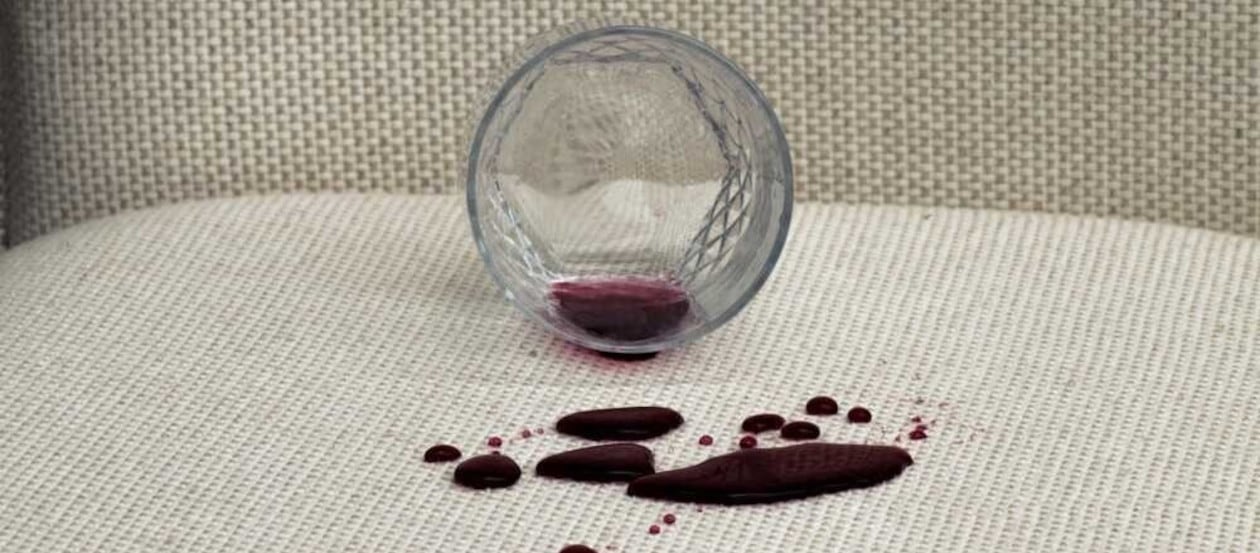
Upholstery cleaning is not just a chore; it's a skill that preserves the beauty and longevity of your cherished furniture. Whether it's a cosy sofa or an elegant chair, understanding the various methods of cleaning upholstery is essential for maintaining a fresh and inviting living space. In this guide, we delve into the world of upholstery cleaning, exploring methods ranging from professional steam and dry cleaning to simple home remedies.
Upholstery cleaning is a vital component of furniture care. Over time, sofas, chairs, and ottomans accumulate dirt, stains, and allergens. Regular cleaning not only enhances the visual appeal but also ensures a healthy living environment.
Cleaning upholstery involves diverse methods tailored to different fabrics and preferences. Two popular approaches are steam cleaning and dry cleaning.
Steam cleaning upholstery is a highly effective method using hot water vapour to break down dirt and grime. It's particularly beneficial for tough stains and allergen removal, providing a deep and thorough clean.
To clean upholstery with a steam cleaner:
1. Vacuum to remove loose dirt.
2. Pre-treat stains with upholstery cleaner.
3. Steam clean, paying extra attention to stained areas.
4. Allow the furniture to dry completely.
For fabrics intolerant to moisture, upholstery dry cleaning is a suitable alternative. It involves using a specialised cleaning solvent* that breaks down stains without saturating the fabric.
To dry clean upholstery:
1. Vacuum to remove loose dirt.
2. Apply dry cleaning solvent to stains.
3. Blot gently, avoiding excessive rubbing.
4. Allow the furniture to air dry thoroughly.
*Apply the cleaning solvent according to the manufacturer's instructions.
For a budget-friendly approach, various home remedies** can be surprisingly effective for cleaning upholstery at home:
1. Vinegar. Its acidic nature helps break down stains and eliminate odours.
2. Baking soda deodoriser. Renowned for its odor-absorbing properties, making it an ideal choice for freshening up upholstered furniture.
3. Cornstarch. For those stubborn, greasy stains on your upholstery, cornstarch can come to the rescue.
4. Lemon juice and salt. A combination of lemon juice and salt can be a natural and effective solution when applying the paste to the mildew-affected areas.
** Because the textiles of different pieces of furniture can be very different, we it is recommended to test the remedies first on an inconspicuous place before using on the whole furniture in order to avoid recourse claims.
Yes, shaving foam can be a practical and surprising solution, especially for fabric sofas. The foam's consistency helps lift stains and dirt, making it easier to wipe away. To use shaving foam for cleaning upholstery:
1. Apply a small amount of shaving foam directly onto the stained area.
2. Gently rub the foam into the fabric using a soft brush or cloth.
3. Wipe away excess foam with a clean, damp cloth.
4. Allow the upholstery to air dry thoroughly.
Maintaining clean upholstery is an investment in both aesthetics and well-being. Whether you opt for professional services or prefer a DIY approach, the key is regular care.
Currently, the steam cleaning products that you can find on our website are designed exclusively for floor cleaning, but we are already working on designing new products that will help you in cleaning other furniture.
